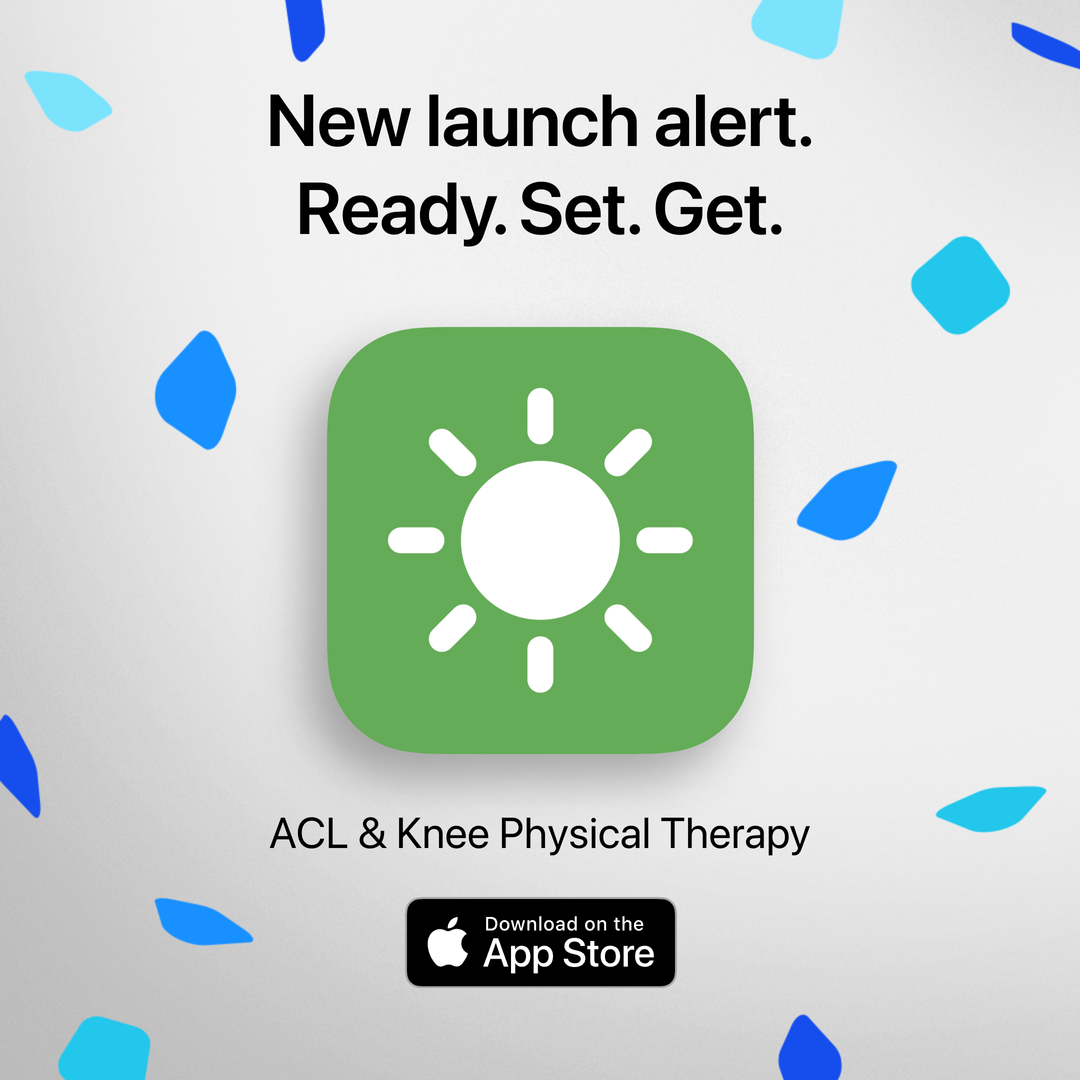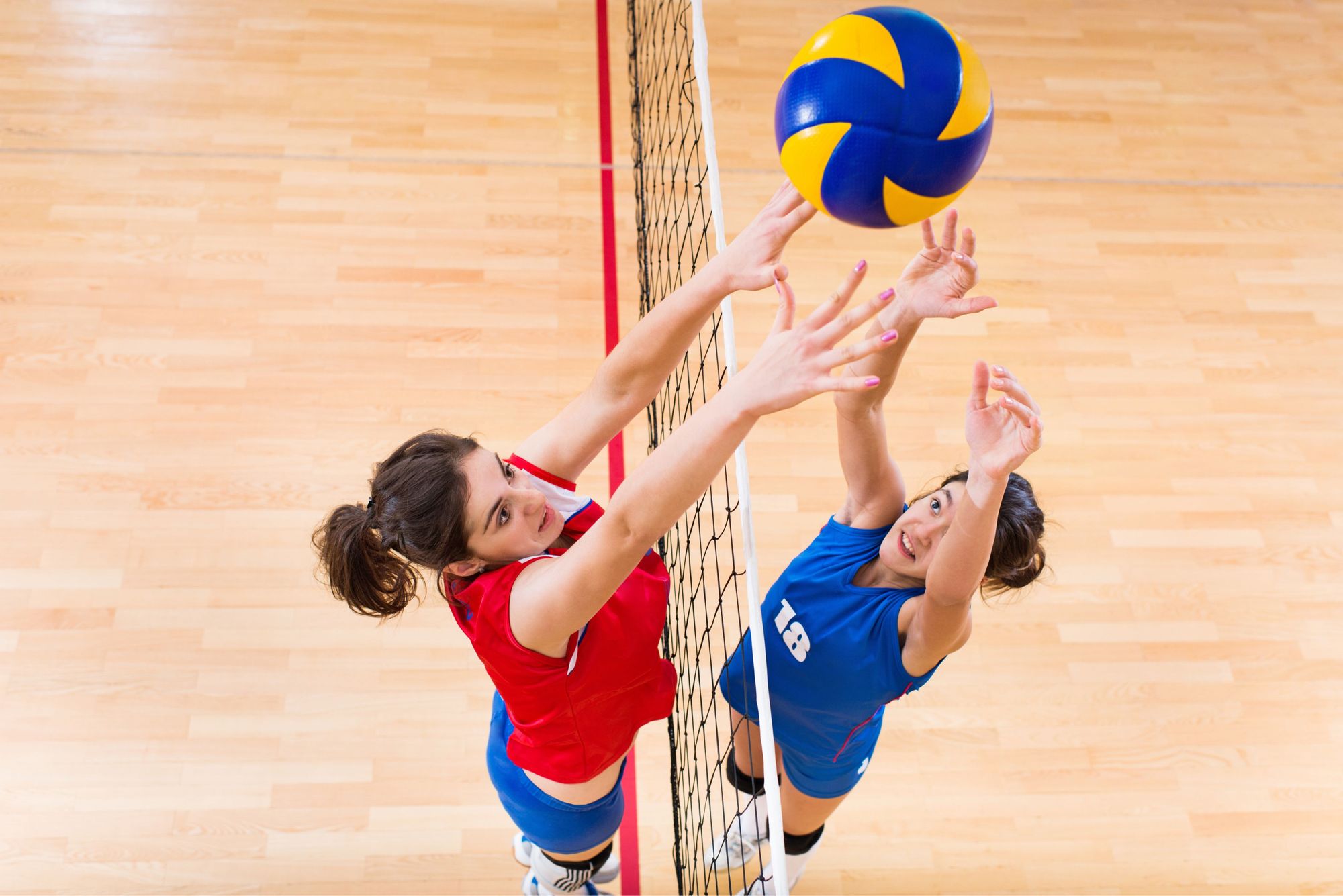Before we talk specifically about jumper's knee it is necessary understand what a tendon is and what it does. Let's first explain what a tendon is. A tendon is a strong band-like structure made of fibrous tissue called collagen that connects muscle to bone. A tendon has the responsibility of transmitting force from muscle to bone. The patellar tendon connects the bottom of the knee cap (patella) to the shin bone (tibia).[1] The patellar tendon can develop small partial tears or complete tears from intense physical activity.[1] If the patellar tendon has weakened over time due to activity and improper strengthening, then it can be more likely to tear. Now, what exactly is tendinopathy of this tendon? This is what most people call jumper's knee.
Patellar tendinopathy is a common overuse injury that results in a slow increase in pain at the patellar tendon over time. At first, patellar tendinopathy was thought to be inflammation (redness, swelling, and pain caused by an injury) of the patellar tendon, but further research has indicated that patellar tendinopathy is actually degeneration or wearing away within the tendon.[2] That is, the collagen fibers that make up a tendon change in structure and weaken. This happens with overuse, which leads to continual micro (very small) tears of the patellar tendon. Having a gruelling training schedule and not allowing enough time to rest can disturb healing of the tendon. Therefore, degeneration of the collagen fibers occurs.[2] Patellar tendinopathy is diagnosed as dysfunction and pain associated with the patellar tendon and is often called "jumper's knee."[3] This is because activities like jumping produce a large load on the patellar tendon, which if not done properly can overload the tendon. The pain is often just under the knee cap on the upper part of the tendon.
Furthermore, studies have shown people between the ages of 13 to 19 are more likely to get jumper's knee, especially if they are elite athletes.[3] Some sports, in particular, show higher rates of jumper's knee. For example, from a study conducted in the Netherlands, the highest rates of jumper's knee were in recreational and elite volleyball players (14.4%) and the lowest rates were for soccer players (2.5%).[3]
How this condition occurs exactly is still being researched, but there are risk factors related to training habits and personal characteristics that can lead to jumper's knee. The more often an athlete trains per week, the longer the athlete trains for per session, and the less rest per session and between sessions increases the chances of developing jumper's knee. Personal factors include: height, weight, alignment of the legs, and strength of the quadriceps (front of the thigh) and hamstrings (back of the thigh) muscles.[3]
This blog focused on what jumper's knee is and how to avoid it. Our next blog post will tell you what you can do if you already have jumper's knee.
Conclusion
Jumper's knee is a degeneration or disruption of the fibers that make up the patellar tendon. The patellar tendon connects the knee cap to the shin bone. When the activity level is very high and the rest time between exercise sessions is too short a person can develop jumper's knee. The best way to avoid jumper's knee is to introduce approrpaite stregthening of the quadriceps, gluteal and hamstring muscles, allowing for adaquate rest between training and sports and limiting the number and duration of training sessions and sports.
Our physical therapy app, Curovate, provides physical therapy based knee and hip strengthening that can be used to prevent jumper's knee. Curovate provides daily video guided strengthening exercises, progress tracking, in-app chat with a physical therapist and educational blogs and webinars.
If you have already been diagnosed with jumper's knee and you would like to receive 1-on-1 personalized video physical therapy check out our Virtual Physical Therapy page to book your session with a physical therapist.


Other recommended blogs
- How to prevent ACL injuries
- Why is my knee numb and tingly after ACL surgery?
- Can an ACL injury lead to arthritis in the future?
- Is it normal to still have pain after an ACL reconstruction surgery?
- Should I be experiencing pain when I do my rehabilitation exercises?
- ACL Social Support
- ACL Recovery Timeline
- Why Should I Exercise before My ACL Surgery- the Importance of ACL Prehabilitation








